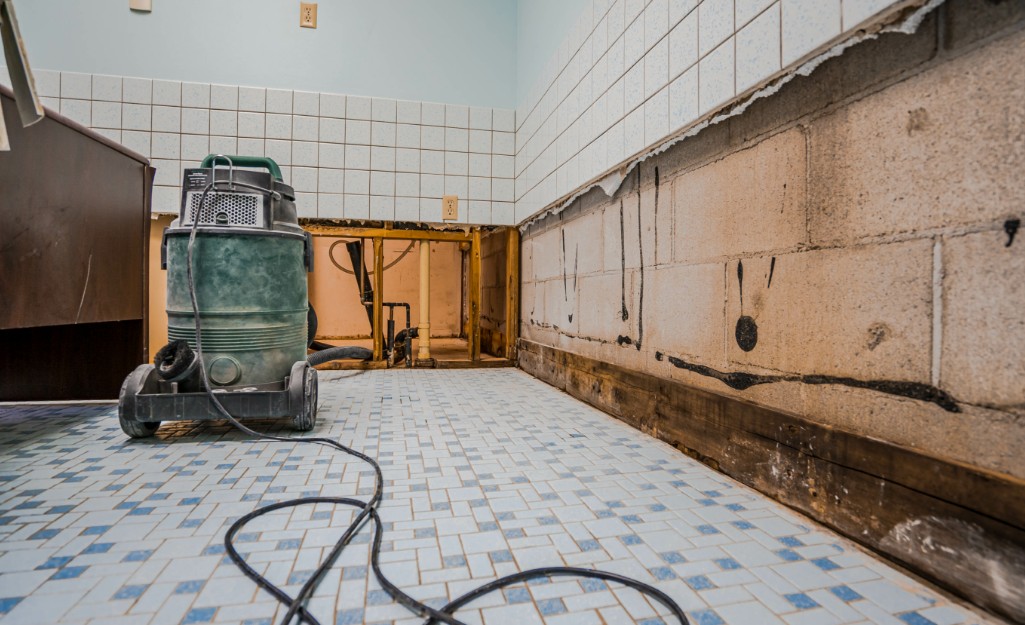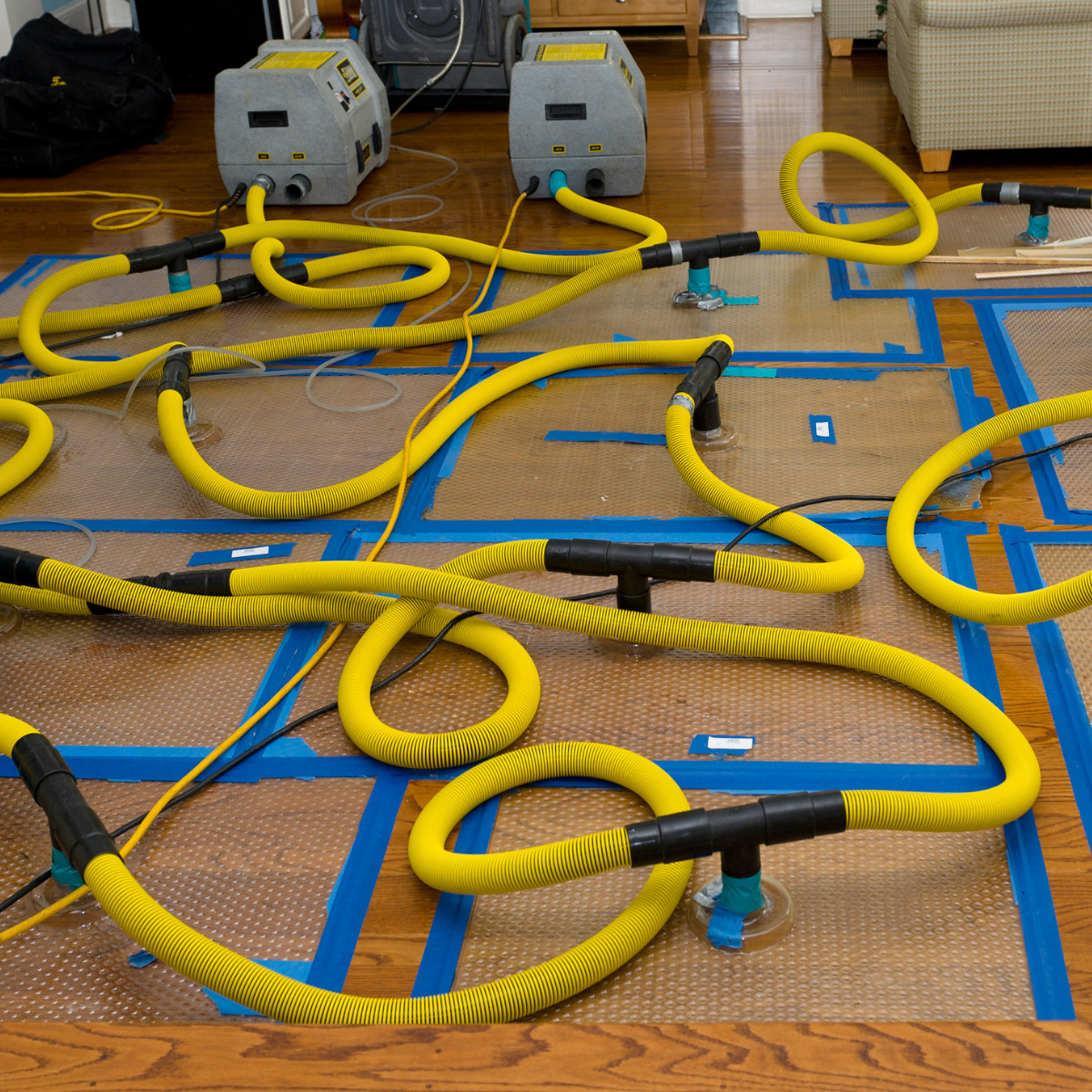How to check Water Damage Restoration quotes and choose fairly
Wiki Article
Water Damage Restoration 101: Recognizing the Process and Expense
Water damage can strike unexpectedly, leaving home owners in a state of complication. Recognizing the restoration procedure is crucial for effective healing. From examining the damage to picking the appropriate provider, each step affects the general end result and cost. Elements such as the sort of water damage and urgency additionally play a significant role. What are the specific strategies made use of in restoration, and how can one prepare for prospective expenditures?Kinds Of Water Damage
Water damage can emerge from numerous resources, each offering special difficulties for repair. The three primary sorts of water damage are classified based on contamination levels: tidy water, gray water, and black water. Clean water originates from resources like busted pipelines or rainwater, positioning minimal health threats. Gray water, which consists of wastewater from sinks or cleaning devices, contains pollutants that may create pain or disease if ingested. Black water, one of the most harmful category, originates from sewer or floodwaters, having unsafe microorganisms and microorganisms. Each kind demands specific remediation strategies and precaution to properly resolve the damage and alleviate health dangers. Understanding these distinctions is essential for specialists and property owners entailed in the water damage remediation process.Initial Evaluation and Inspection
A thorough preliminary analysis and examination are vital action in the water damage remediation process. This stage starts with a professional reviewing the level of the damage, identifying the source of the water breach, and establishing the kind of water included - Water Damage Restoration. Specialists use specialized tools to measure moisture levels in various materials, such as walls, floorings, and furnishings. In addition, they analyze structural honesty and prospective health and wellness threats, including mold growth. The findings from this evaluation educate the reconstruction strategy, leading essential activities and source appropriation. Exact documents of the damage is essential for insurance claims and future referral. On the whole, this first evaluation prepares for effective reconstruction, making certain a thorough action to the certain situation handy

Water Extraction Techniques
Complying with the preliminary evaluation, efficient water removal strategies are employed to alleviate damage and protect against more concerns. These techniques involve making use of specialized tools such as industrial-grade vacuums and completely submersible pumps. The option of approach depends upon the volume of water existing and the type of products impacted. For standing water, submersible pumps are commonly used for rapid elimination, while vacuum cleaners are excellent for drawing out water from carpets and furniture. Additionally, progressed methods like water removal mats might be employed for hard-to-reach areas. The objective is to eliminate as much water as possible, decreasing the potential for mold development and structural damage. Trigger and reliable water extraction is crucial in the overall water damage reconstruction process.Drying Out and Dehumidification Process
When the water removal is complete, the drying out and dehumidification procedure becomes critical to restoring the damaged area. This stage typically uses industrial-grade dehumidifiers and air moving companies to effectively minimize dampness levels. The dehumidifiers attract moist air, removing excess humidity, while air moving companies flow air to accelerate dissipation. Monitoring tools is typically made use of to track moisture and temperature levels, making certain optimal drying out problems. The period of this procedure can vary depending on the extent of the water damage and environmental elements. It is vital to thoroughly dry all affected materials, including walls, flooring, and furnishings, to stop mold development and structural damage. Appropriate execution of this step is vital for a successful remediation end result.Cleansing and Disinfecting Damaged Locations

Initial Analysis and Inspection
Prior to beginning any kind of repair initiatives, an extensive preliminary assessment and inspection of the affected locations are crucial for efficient cleansing and sanitizing. This process entails determining the extent of water damage, determining the resource of the water breach, and examining the materials impacted. Assessors usually look for indications of mold and mildew growth, architectural honesty problems, and harmed valuables. The evaluation also includes checking moisture degrees using specialized devices to guarantee no concealed water pockets remain, as these can lead to further issues. Recording the findings is necessary for planning the following action in the reconstruction process. A thorough initial evaluation allows restoration experts to create a targeted method for efficient cleaning and sterilizing, ultimately reducing damage and wellness dangers.Cleansing Strategies and Products
Reliable cleansing and sanitizing of water-damaged areas require a variety of products and methods tailored to the certain products affected. For porous surface areas like drywall and carpeting, extraction techniques are vital to eliminate excess dampness, adhered to by deep cleansing with specialized cleaning agents. Non-porous products such as ceramic tile or metal can be cleaned up utilizing commercial-grade cleansers that successfully eliminate pollutants. Heavy steam cleansing is an additional reliable technique, particularly for rugs and furniture, as it makes use of heats to get rid of microorganisms and mold. Furthermore, environmentally friendly products are progressively prominent for their safety and security and efficiency. Ultimately, choosing the proper cleansing approaches and items not just assures prompt sanitation yet additionally help in avoiding additional damage and carcinogen connected with water invasion.Sanitization and Disinfection Techniques
When attending to water damage, appropriate sanitization and disinfection methods are important to guarantee the safety and health of the afflicted atmosphere. After preliminary cleaning, surface areas should be treated with ideal disinfectants to eliminate microorganisms, mold and mildew, and germs that thrive in damp problems. Common techniques include using EPA-approved chemical disinfectants, which can be used through spraying or wiping strategies. In addition, ultraviolet (UV) light systems can successfully sterilize areas by reducing the effects of bacteria without severe chemicals. The selection of method often relies Full Article on the kind of materials influenced and the degree of contamination. Inevitably, thorough sanitization not just restores a risk-free living space yet likewise helps prevent future health and wellness threats associated with remaining wetness and mold and mildew development.
Repair Work and Restoration Options

Elements Affecting Restoration Costs
The level of water damage directly affects the restoration sets you back homeowners can expect to incur. Factors such as the resource of the water, the period of direct exposure, and the affected products greatly influence rates. As an example, clean water damage from a damaged pipeline is usually less expensive to recover compared to damage triggered by sewer. Furthermore, the degree of contamination determines the need for specialized cleaning and disposal services, additionally raising expenses. Geographic location additionally plays a function, as local labor rates and availability of reconstruction solutions can vary. Ultimately, the urgency of the feedback influences costs; quicker treatments usually bring about reduce general expenditures by protecting against further damage. Understanding these factors is vital for homeowners when approximating restoration expensesThe 3 primary kinds of water damage are classified based on contamination degrees: tidy water, gray water, and black water. A thorough first analysis and examination are essential actions in the water damage remediation process. For standing water, submersible pumps are commonly made use of for fast removal, while vacuums are excellent for drawing out water from carpets and upholstery. The level of water damage straight affects the restoration sets you back home owners can expect to incur. Clean water damage from a damaged pipeline is normally much less pricey to restore compared to damage caused by sewer.
Report this wiki page